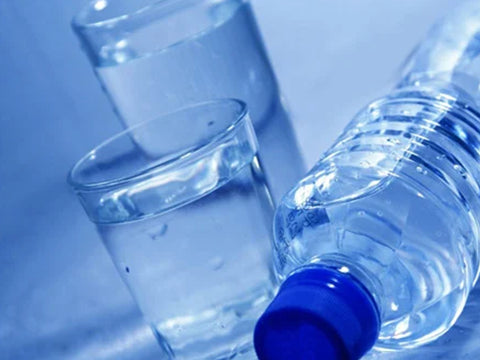Understanding Conductivity, Resistivity, and pH in Water Treatment
In the world of water treatment, understanding and measuring "conductivity, resistivity, and pH" is an important step to ensure the quality of water produced meets the expected standards. Conductivity measures the ability of water to conduct electricity, which is closely related to the mineral content in water. Resistivity, on the other hand, is the opposite of conductivity and gives an idea of the purity of the water.
Meanwhile, pH measures the acidity or basicity of water, which is important in the water treatment process for various purposes. Watermart, as a distributor of water treatment equipment in Indonesia, understands the importance of the right measuring instruments to ensure the water treatment process runs properly and efficiently.

What is Conductivity in Water Treatment?
Conductivity in water treatment not only serves as an indicator of general water quality, but also provides important insights in determining the required treatment process. For example, in industries that require clean and pure water such as pharmaceuticals, electronics, and food and beverages, accurate conductivity measurements are crucial. A low conductivity value indicates that the water has little ionic contamination, making it suitable for use in production processes that require high hygiene standards.
In addition, the conductivity of water can also affect the efficiency of the water treatment process itself. In processes such as reverse osmosis (RO), water with low conductivity means that RO membranes can work more effectively, extending their service life and reducing maintenance frequency. Therefore, the proper selection and use of conductivity measuring instruments not only optimizes the quality of the produced water but also improves the operational efficiency and sustainability of the water treatment process.

Why is Resistivity Important?
Resistivity has a key role in determining the effectiveness of various water treatment processes, including in demineralization and deionization systems. High resistivity values indicate the effectiveness of the process in removing dissolved ions, which is essential for applications where water purity is a top priority. In the context of water treatment, water with high resistivity is often considered "Grade A" water that meets international standards for pharmaceutical production and semiconductor manufacturing, where minimal contamination is crucial to the quality of the final product.
Furthermore, periodic resistivity measurements can aid in the performance monitoring of water treatment systems, such as ion exchange resins or filtration membranes. A sudden increase in mineral contamination, characterized by a decrease in resistivity values, can be an early indicator of the need for maintenance or replacement of system components. This is important not only to maintain water quality but also to maintain operational cost efficiency and minimize production downtime.

pH and its Effect on Water Quality
PH regulation and monitoring is a critical component in water treatment, affecting various aspects from infrastructure safety to treatment process effectiveness. Inappropriate pH values can hinder disinfection processes, such as the use of chlorine, where its effectiveness is significantly reduced outside a certain pH range. In the context of biological processes, such as sewage treatment, an optimal pH is required to support the activity of microorganisms responsible for the degradation of organic contaminants.
In the food and beverage industry, water quality greatly affects product flavor and safety. Water with improper pH can affect product flavor, stability, and microbiological safety, demonstrating the importance of accurate pH measurement and regulation in the production process.
Accurate pH measurement allows for informed decision-making in water treatment, ensuring process effectiveness and final product safety. With advanced pH measurement technology, automatic calibration process, temperature compensation, and user-friendly interface, pH measurement can be performed efficiently and easily, supporting optimal water treatment operations.
Understanding the dynamics and influence of pH on water quality is essential in designing and implementing effective water treatment strategies. With the right approach to pH measurement and regulation, it can be guaranteed that the water treatment process runs optimally, ensuring the production of safe, quality water for any need.

Understanding and measuring conductivity, resistivity, and pH are key to maintaining and ensuring water quality is in line with expected standards. These three parameters play a significant role in determining the effectiveness of various water treatment processes, whether in identifying mineral content, assessing water purity, or optimizing chemical conditions for disinfection and waste treatment processes. Accurate measurement and regular monitoring of conductivity, resistivity, and pH not only enables informed decision-making in water treatment but also improves operational efficiency, reduces maintenance costs, and ensures safety and environmental sustainability.
By implementing advanced and efficient measurement technologies, and understanding the importance of calibration and maintenance of measurement equipment, water treatment processes can be run optimally. This ensures that the water produced is not only safe for various purposes but also of high quality, meets specific industry standards, and supports the health and well-being of the community. In conclusion, an integrated approach to water quality measurement and management through conductivity, resistivity, and pH is a strategic step in achieving maximum water treatment effectiveness.

.png?width=50&height=50&name=Logo_Watermart_Perkasa-removebg-preview%20(1).png)


